Even if your grinder cost you a small fortune, your espresso may not reflect this investment if you don’t adjust your grinder properly. Here are the steps to make these adjustments, along with some tips from our team of experts, to maximize your coffee.
First of all, it’s important to know that two elements can be adjusted on your grinder: the grind size, meaning whether your coffee will be ground fine or coarse, and the amount of coffee that falls into the portafilter with each dose (if your grinder offers this pre-setting).
Grind size adjustment varies slightly from one model to another. For most models, you need to turn a large dial that surrounds the grinder, located at the junction between the coffee hopper and the grinder’s motor (see photos below). The markings are usually on the dial or nearby, indicating which direction to turn to make your grind coarser or finer.
If your grinder is not equipped with a rotary dial, the principle remains the same for the adjustment steps. The coarser the grind (large particles), the faster the coffee will flow from your espresso machine. The finer the grind (very small particles), the more the coffee will drip out slowly.
The grind size
When you purchase a new grinder, it is usually misaligned. The goal is to find the “Zero Point,” which is where the burrs start to touch. To do this, run the grinder continuously (without any coffee beans in it). Gradually refine the grind size, very gently, until you hear a change in sound, which usually becomes higher-pitched.
Once this sound change is reached, stop the grinder.
To achieve the required fineness for espresso, you will then need to slightly coarsen the grind. This involves a movement of about ¼ of a turn, if you have a grinder with a rotary dial.
You should end up with a sandy, slightly grainy grind (see photo below). Unfortunately, there is no way to be completely precise about grind size… other than through trial and error! So, be patient and grind a small amount of coffee at a time, adjusting the grinder between each batch, until you reach the desired grind size.
The grind is not the only factor in a well-extracted espresso. You will also need to adjust the amount of coffee for your espresso doses, and these two variables are interrelated. It is therefore normal to have to make new grind adjustments after setting your quantities.
The quantity of coffee
As a general rule, a single espresso shot should contain about 7-9 grams of coffee, while a double shot should have 18-20 grams.
You have two options. The first, and definitely the simplest, is to use a scale to measure your doses accurately. Small quantity adjustments may be needed after weighing, but this method saves a lot of time when you’re not an expert with grinders.
The second option is to proceed manually and visually. If you’ve used a grinder for your espresso machine before, you have a good idea of what the required doses of coffee should look like.
Once again, regardless of the option you choose, it’s all about trial and error! You need to pull shots until you achieve the perfect crema and flow. At this point, you may need to readjust the grind size again.
Extra tips
A good visual reference for knowing the amount of coffee to use per dose is the portafilter. All filters have a line inside that indicates the approximate level the coffee should reach once it is tamped down (see photos above). It’s a good starting point!
Each grinder model has its own way of being adjusted, both for grind size and dosage. Just refer to the instruction manual to know everything!
During your trial and error process, we recommend discarding the first ground dose after each adjustment to ensure that only “fresh” coffee is used in your new test dose.
Follow-ups (frequency and adjustments)
You may spend a bit of time on the initial adjustment, but once it’s done, you shouldn’t have to tweak it much! For a residential grinder, micro-adjustments should be made every 2-3 months. If the grinder is used in a café with high volumes, these small adjustments may need to be done several times a week, or even daily. Regularly check to ensure that your espressos are extracting properly.
This also depends on the level of automation of your grinder. Since coffee is a living element, its characteristics change depending on ambient humidity and temperature. Some grinder models can automatically adjust to these changes, while others will not account for them. Once again, just stay attentive to your espressos!

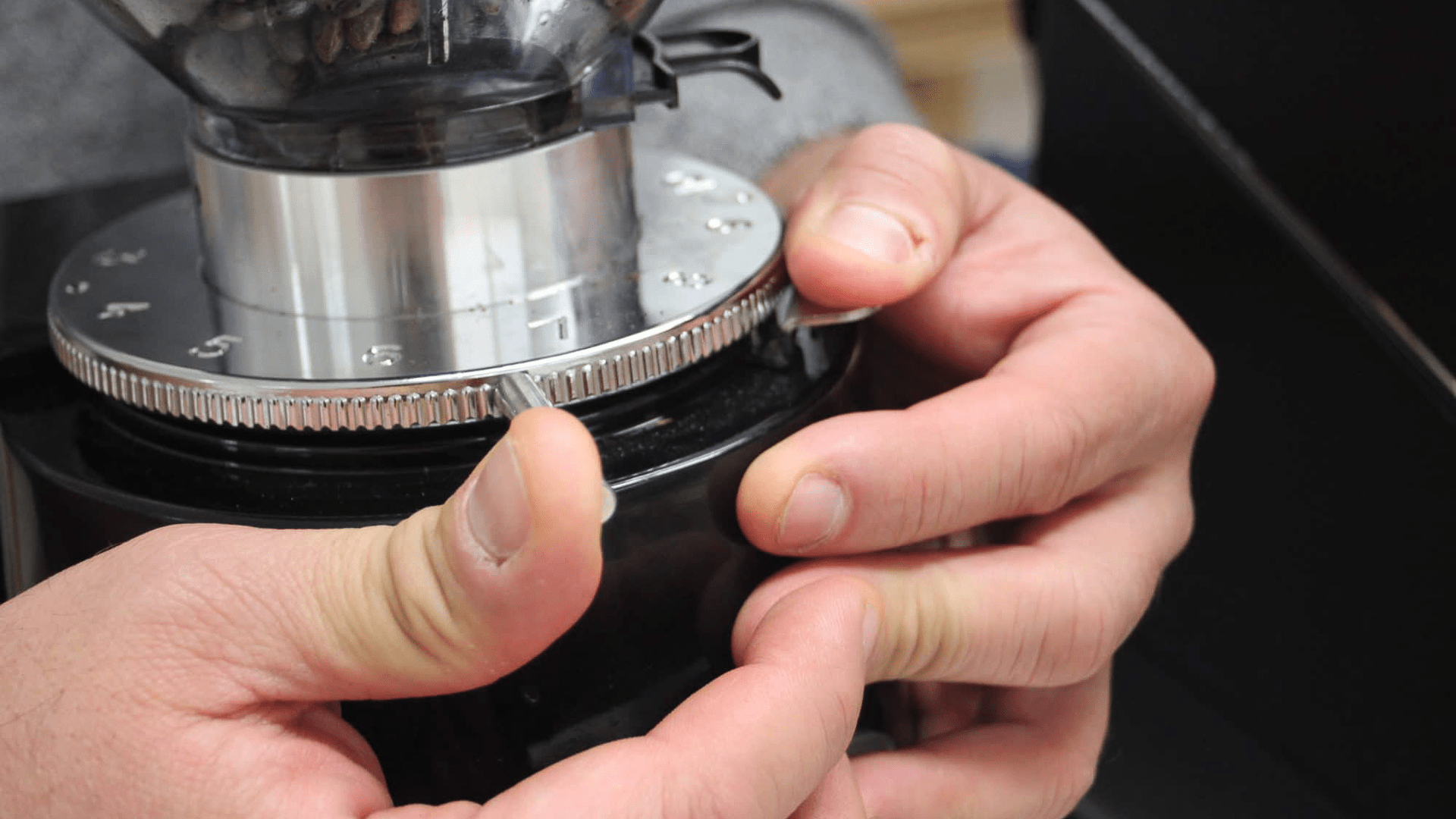




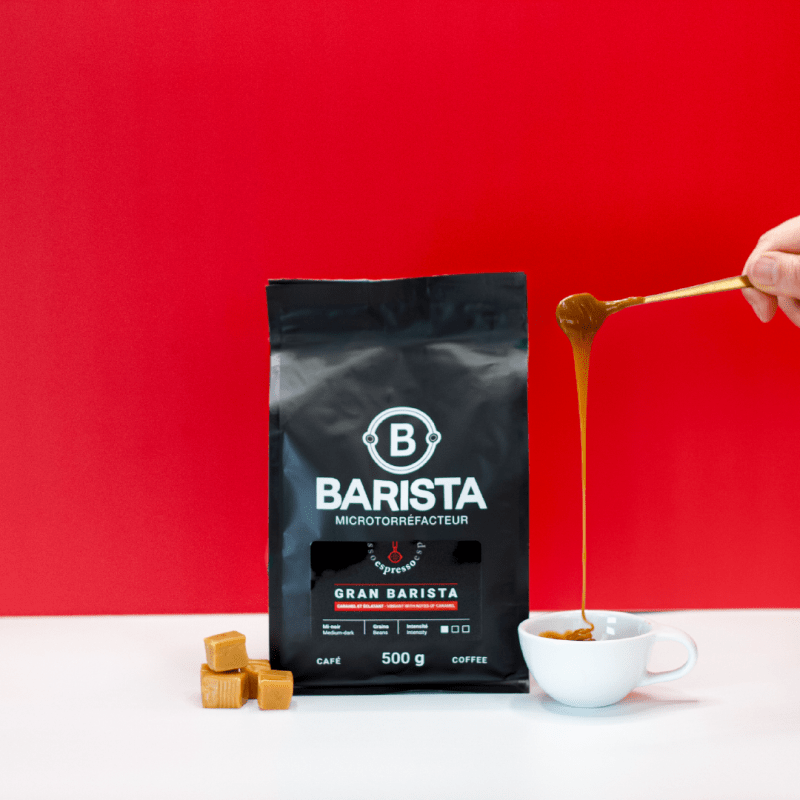
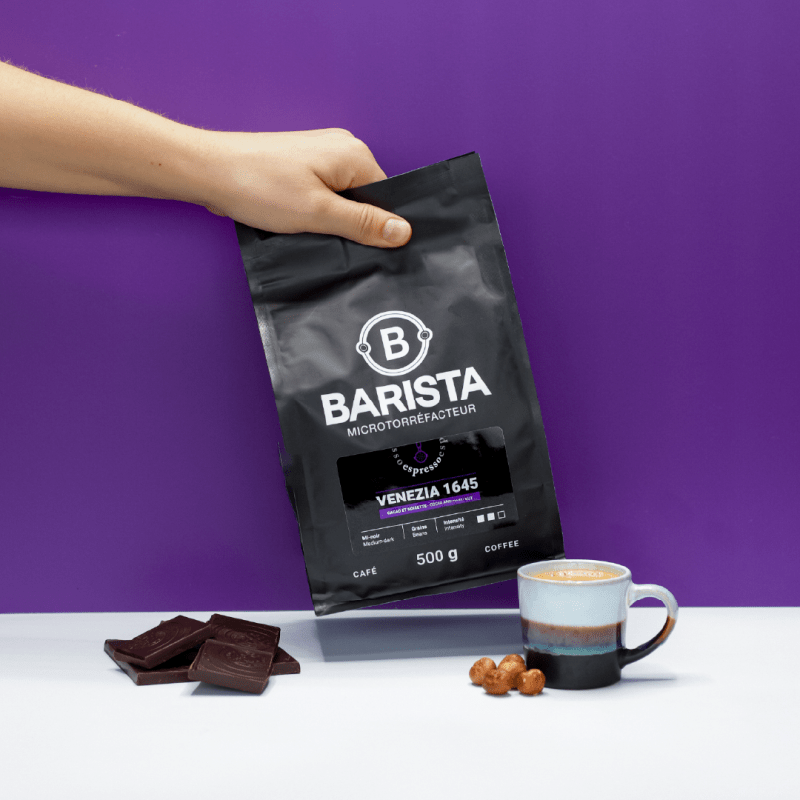

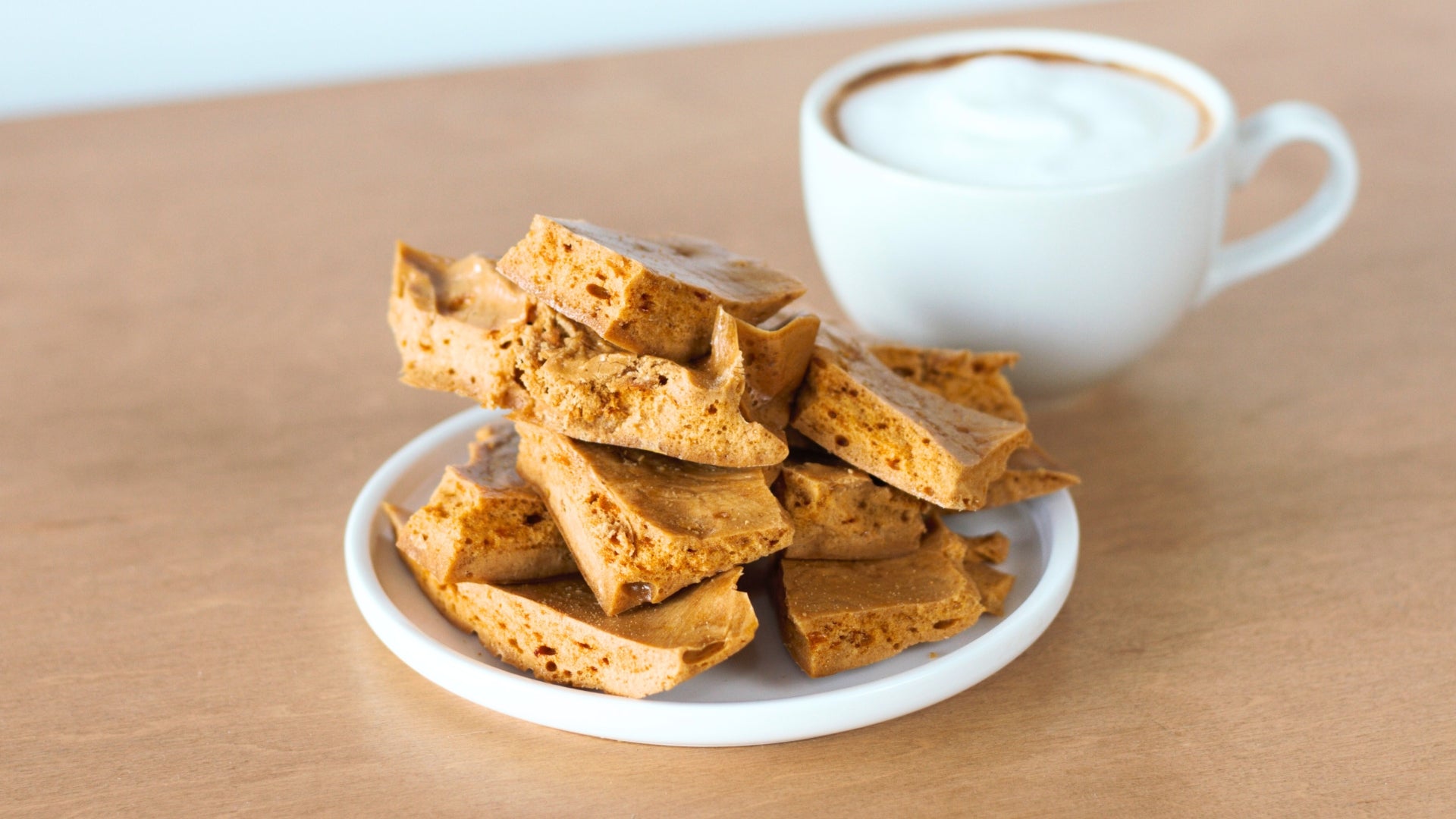
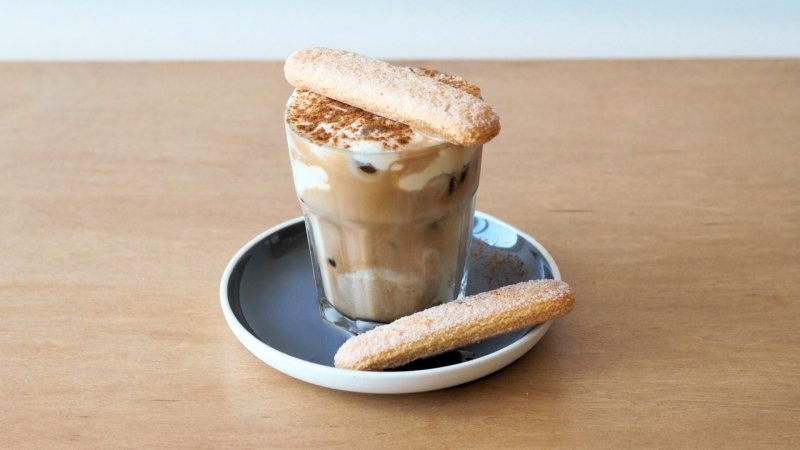
Share:
The Aeropress: How to Get the Best Extraction
How to Make the Perfect Cappuccino Foam?